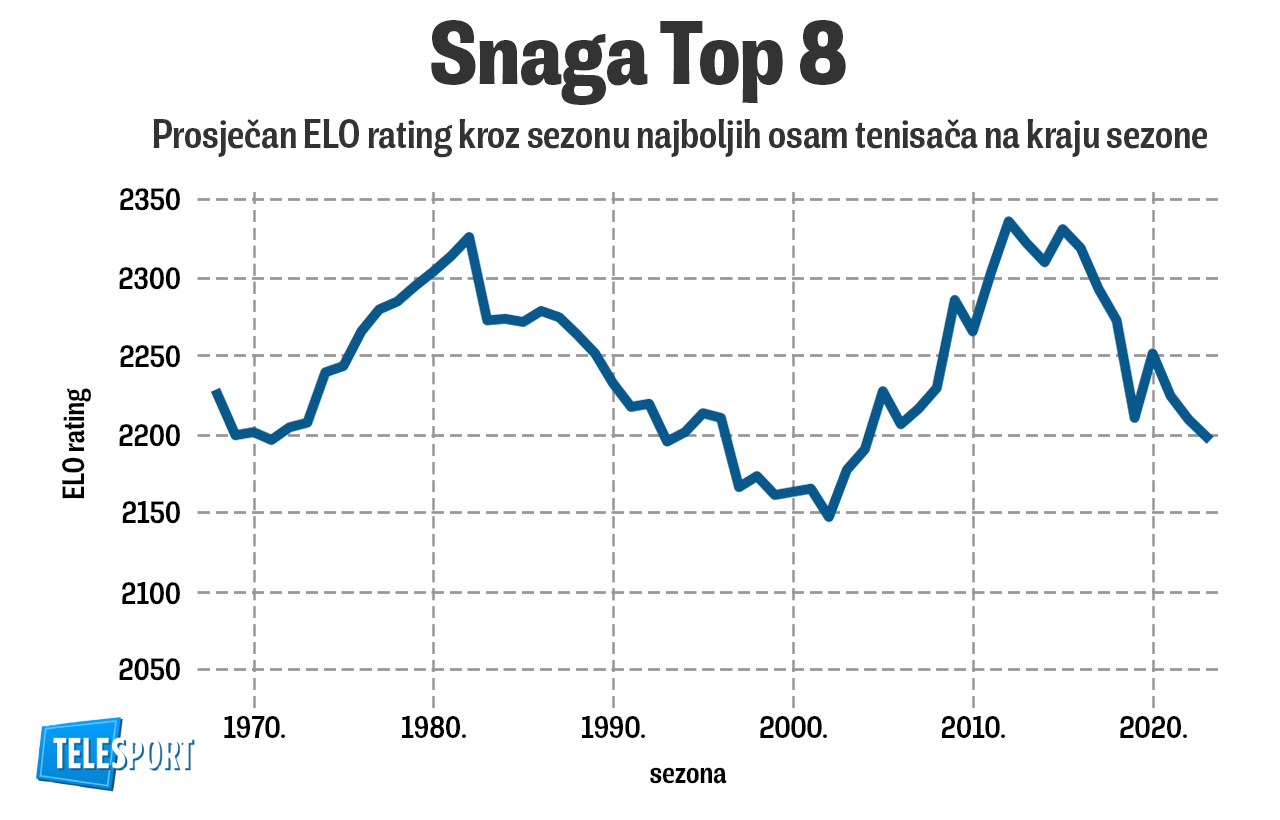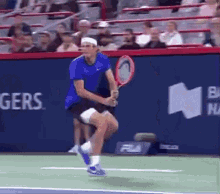TOP8 ELO
![Image]()
% of seeds in final stages of big tournaments (blue - slam QF), black - masters QF, pink - slam SF)
![Image]()
average number of matches vs top10 for top8 players
![Image]()

% of seeds in final stages of big tournaments (blue - slam QF), black - masters QF, pink - slam SF)

average number of matches vs top10 for top8 players









